A company wants to build a city from ‘the internet up,’ but locals are worried about privacy controls over personal data.


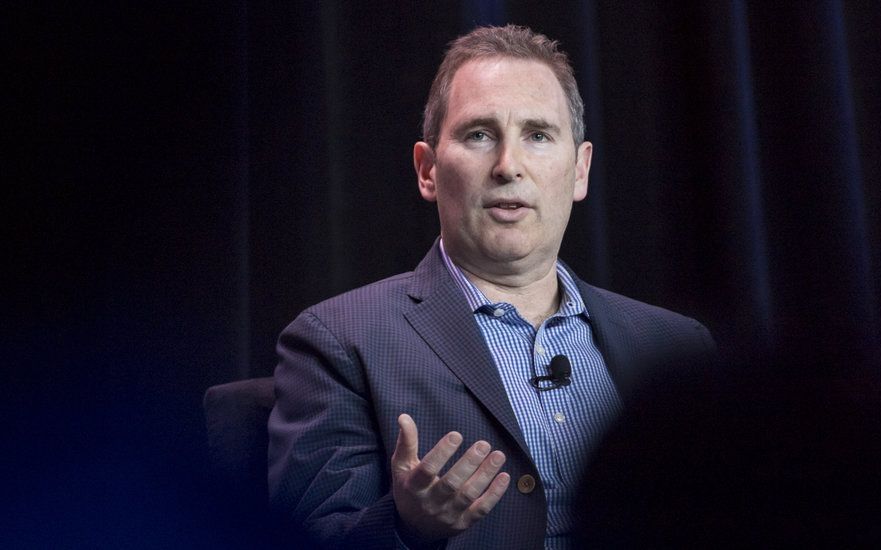
In recent years, Google has designed specialized chips for artificial intelligence technology. Facebook and Microsoft, which like most internet companies are major buyers of chips from Intel, have indicated that they are working on similar A.I. chips.
The retailer is now making its own server chips. It’s the latest sign that big internet outfits are willing to cut out longtime suppliers.

People with depression also tend to “visit primary care physicians more often than others,” explains Prof. Lorenzo-Luaces. “They have more medical problems, and their depression sometimes gets in the way of their taking their medication for other medical problems.”
So, for the new review, the team examined 21 existing studies using meta-regression analysis. The analysis concluded that CBT apps were effective for treating mild, moderate, and severe depression.
Some of the trials included in the review compared a CBT app with a sham app. In these studies, the real apps were also significantly more effective at treating depression.
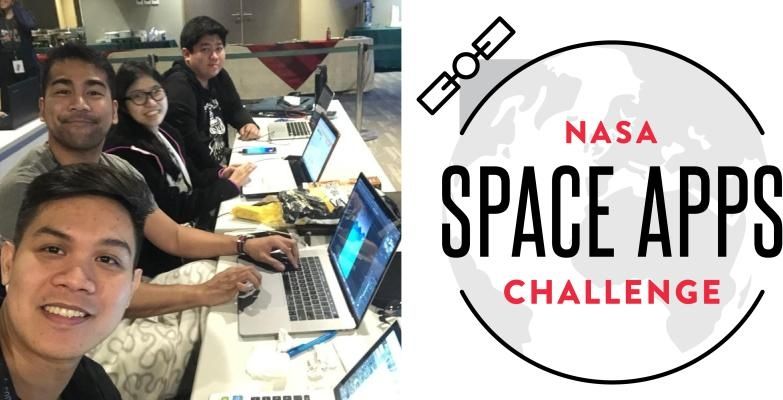
The ISDApp was designed to communicate useful information to fishermen (such as real-time weather updates, sunrise and sunset times, wind speed, and cloud coverage) without the need for an internet connection. #SpaceApps #SpaceAppsPH
For the first time, a Filipino-made app was selected to join the global NASA Space Apps Challenge. Current latest trending Philippine headlines on science, technology breakthroughs, hardware devices, geeks, gaming, web/desktop applications, mobile apps, social media buzz and gadget reviews.
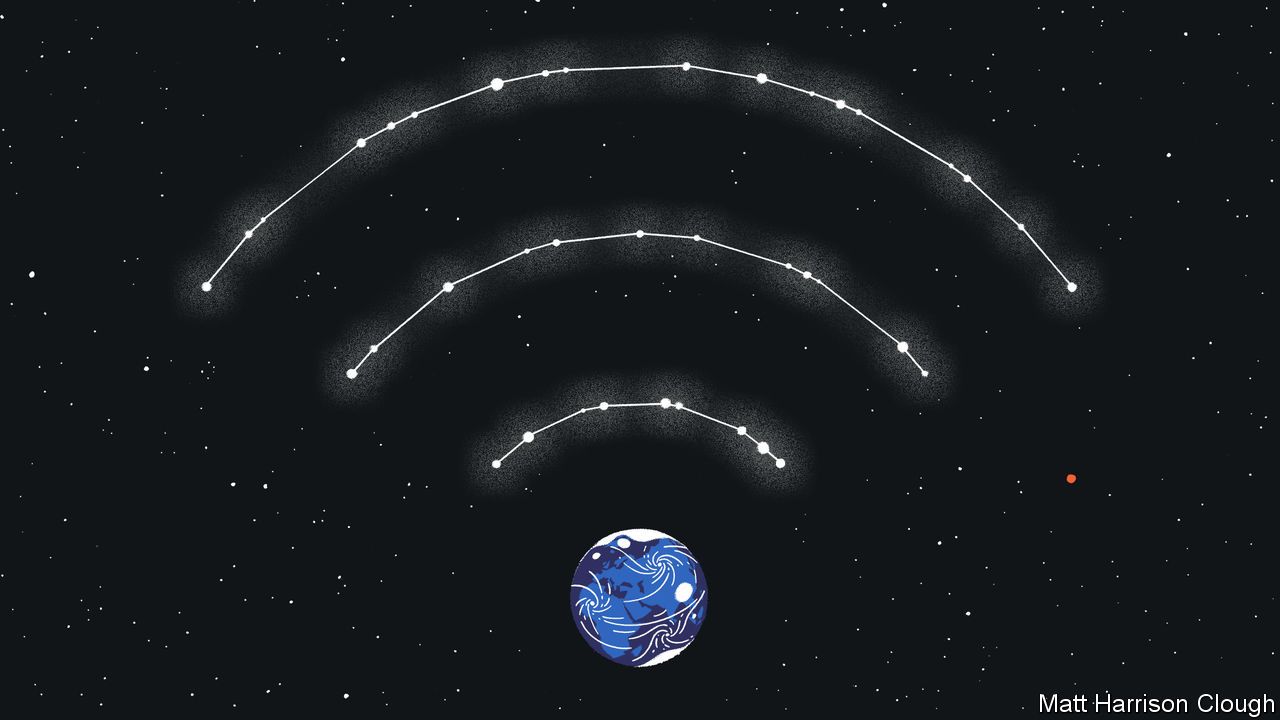
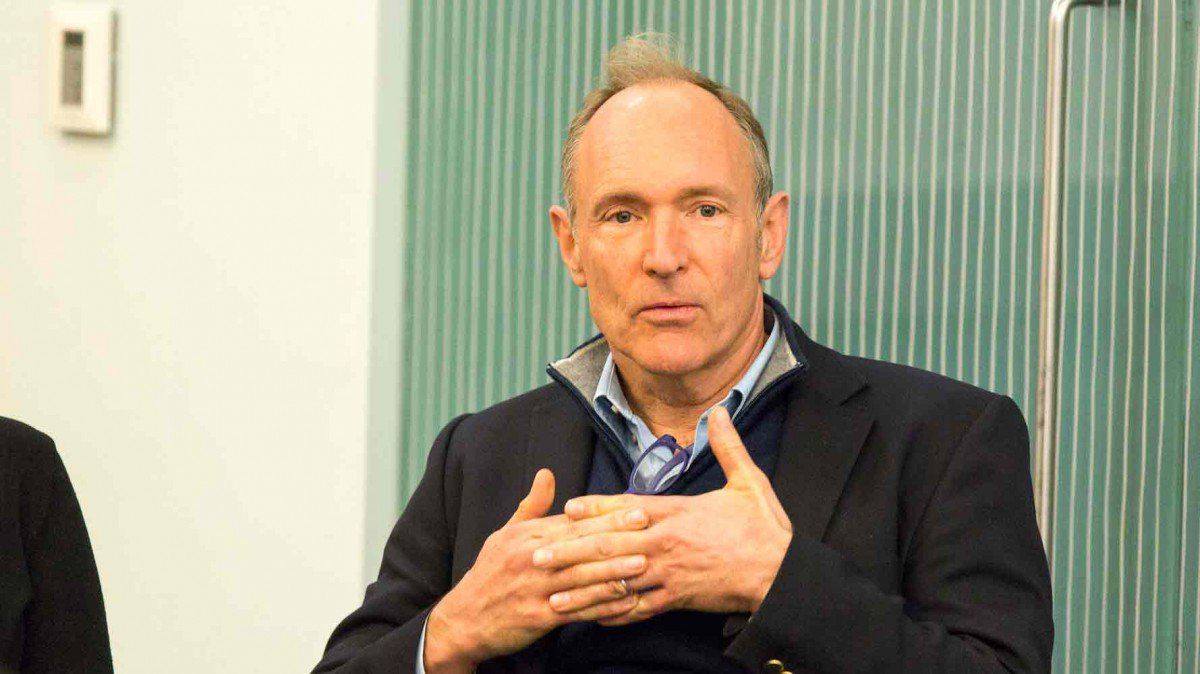
Its success will hinge on whether enough people adopt it beyond just hard-core techies.
The World Wide Web’s inventor, Tim Berners-Lee, has launched a way to make it easier for people to control their personal data. Will it take off?
The news: Berners-Lee is working with people at MIT and beyond on a startup called Inrupt, which runs an open-source project, Solid, that hands you back control over your own data.
How will it work? Decentralization and control are the central principles. Solid will let developers create decentralized apps that run on data fully owned by users. They decide where to store their data and whom to share it with. The first wave of apps being built on Solid is being developed now. “I’m incredibly optimistic for this next era of the web,” said Berners-Lee in a post on Medium.
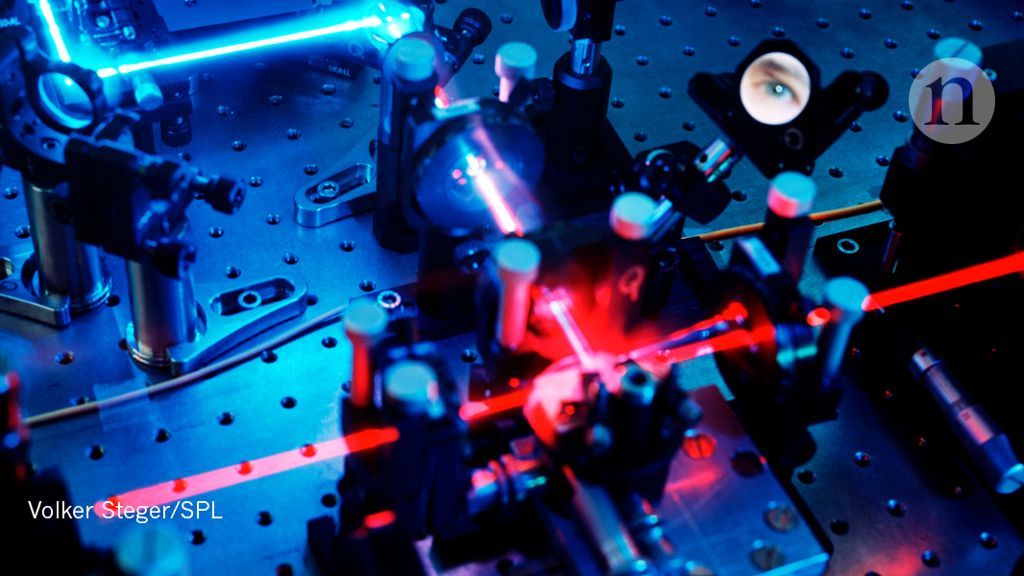
The longer-term answer is to develop and scale up the quantum communication network and, subsequently, the quantum internet. This will take major investments from governments. However, countries will benefit from the greater security offered13. For example, Canada keeps its census data secret for 92 years, a term that only quantum cryptography can assure. Government agencies could use quantum-secured blockchain platforms to protect citizens’ personal financial and health data. Countries leading major research efforts in quantum technologies, such as China, the United States and members of the European Union, will be among the early adopters. They should invest immediately in research. Blockchains should be a case study for Europe’s Quantum Key Distribution Testbed programme, for example.
Bitcoin and other cryptocurrencies will founder unless they integrate quantum technologies, warn Aleksey K. Fedorov, Evgeniy O. Kiktenko and Alexander I. Lvovsky. Bitcoin and other cryptocurrencies will founder unless they integrate quantum technologies, warn Aleksey K. Fedorov, Evgeniy O. Kiktenko and Alexander I. Lvovsky.

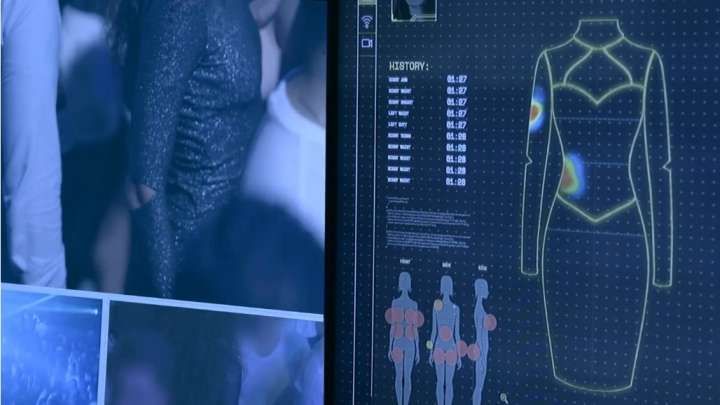
Even after the rise of #MeToo, disbelief is all too commonly the outcome of reporting sexual harassment and assault. Many women describe the experience of having men they trust doubt the severity and frequency of what they have to put up with as painful as the experience itself. Advertising agency Ogilvy wondered if men would be more likely to pay attention to smart clothing than the women in their lives, so they created dresses that keep a record of events.
The dresses have sensors sewn into them that record contact and pressure. Any impact on a sensor is sent via wifi to a computer that not only keeps track of what is happening but translates it into a heat map of location and time of contact with the body.
When three women wore the dresses to a Brazilian party, they were touched non-consensually 157 times in less than four hours – a rate of more than once every five minutes per woman. As the video below shows, this is despite repeatedly telling the men involved to stop.
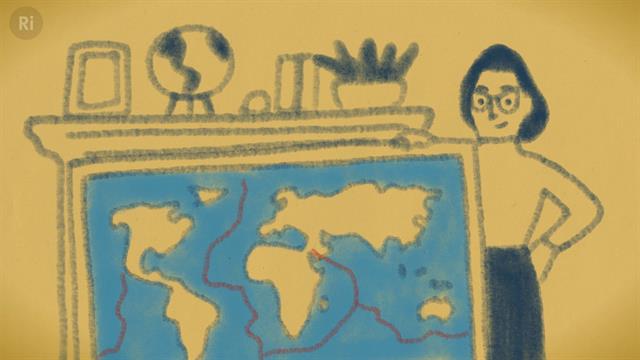
This animation by Rosanna Wan for the Royal Institution tells the fascinating story of Marie Tharp’s groundbreaking work to help prove Wegener’s theory.
The Short Film Showcase spotlights exceptional short videos created by filmmakers from around the web and selected by National Geographic editors. We look for work that affirms National Geographic’s belief in the power of science, exploration, and storytelling to change the world. The filmmakers created the content presented, and the opinions expressed are their own, not those of National Geographic Partners.
Know of a great short film that should be part of our Showcase? Email [email protected] to submit a video for consideration. See more from National Geographic’s Short Film Showcase at documentary.com